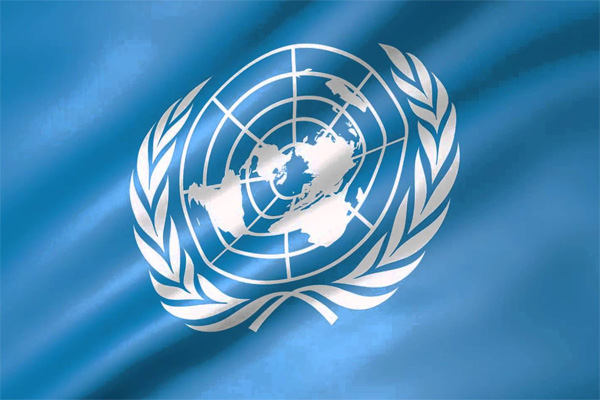
1.5m people with HIV live in Eastern Europe, Central Asia
The Conference has gathered more than 2500 people from 60 countries, representing government agencies, the research community, medical professionals and civil society. Most participants are from the countries of the former Soviet Union, Europe and the US, although there are speakers and delegates from China, India, Brazil, Japan, Africa.
Opening the first plenary session, Russia’s Chief of the Federal Service for Surveillance on Consumers Rights Protection and Human Wellbeing Gennadii Onishchenko pointed out that the III Eastern Europe and Central Asia AIDS conference is giving another opportunity to analyze the state of the epidemic in the region, to assess the results of the combat against the spread of HIV/AIDS, to identify major problems and challenges in fighting the disease today and to suggest the most efficient ways of overcoming these difficulties.
Mr Onishchenko thanked the people living with HIV who are taking part in the conference and said it was they who from their personal experience knew the gravity of social, ethical, moral economic and other problems related to HIV/AIDS and often initiated and propelled the change making the response to the epidemic more effective.
In Mr Onishchenko’s opinion, two components can be identified in the response to the HIV epidemic: HIV prevention and work with the people already affected by the epidemic, which is of more medical nature (diagnostics, care, treatment, drug prophylaxis).
Recently, there has been considerable progress in responding to the HIV/AIDS epidemic in the region. First and foremost, it concerns the prevention of mother-to-child transmission, increasing access to ARV treatment, improving mechanisms of ARV purchase, involvement of public health services and general medical institutions in providing support to people with HIV, developing programs of medical and social support and care, including adherence to treatment, involvement of civil society in the decision-making process and greater involvement of people with HIV.
Michel Sidibe, the UNAIDS Executive Director quoted Sir Winston Churchill, “It’s not the end, it’s not even the beginning of the end, but it’s the end of the beginning”.
The number of people receiving ARV treatment worldwide has been increased tenfold over the last five years - from 400,000 to 4 million. Never before has response to a health crisis been able to make so much progress so soon.
Michel Sidibe said UNAIDS is concerned with the fact that Eastern Europe and Central Asia is the only region in the world, where HIV spread is continuing to grow. He said number of people with the HIV in Eastern Europe and Central Asia doubled from 2001. The region has 1.5 million people with HIV. He added that majority of them live in Russia and Ukraine.
Sidibe also noted success of the region on coverage of programme on prevention of HIV transfer from mother to child. He said the programme covers 95% of the region and expressed hope that the region will be the first to eliminate HIV transmission from mothers to children by 2015.
One of the contributing factors of the epidemic is migration within the region, as Gennadi Onishchenko pointed out in his speech. After the region experienced some social and economic stability, a crisis broke out, which is affecting the economically active populations in all spheres of work.